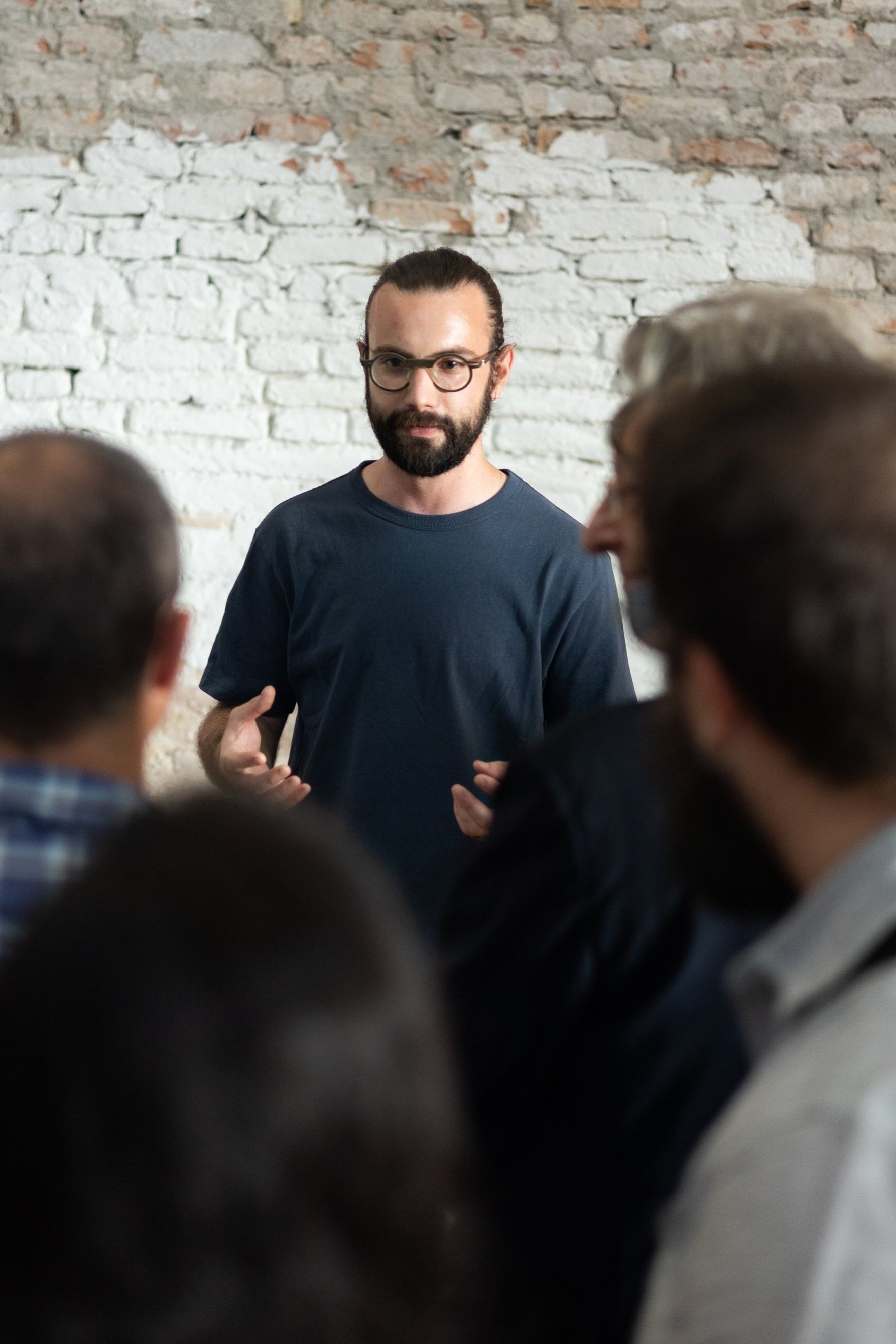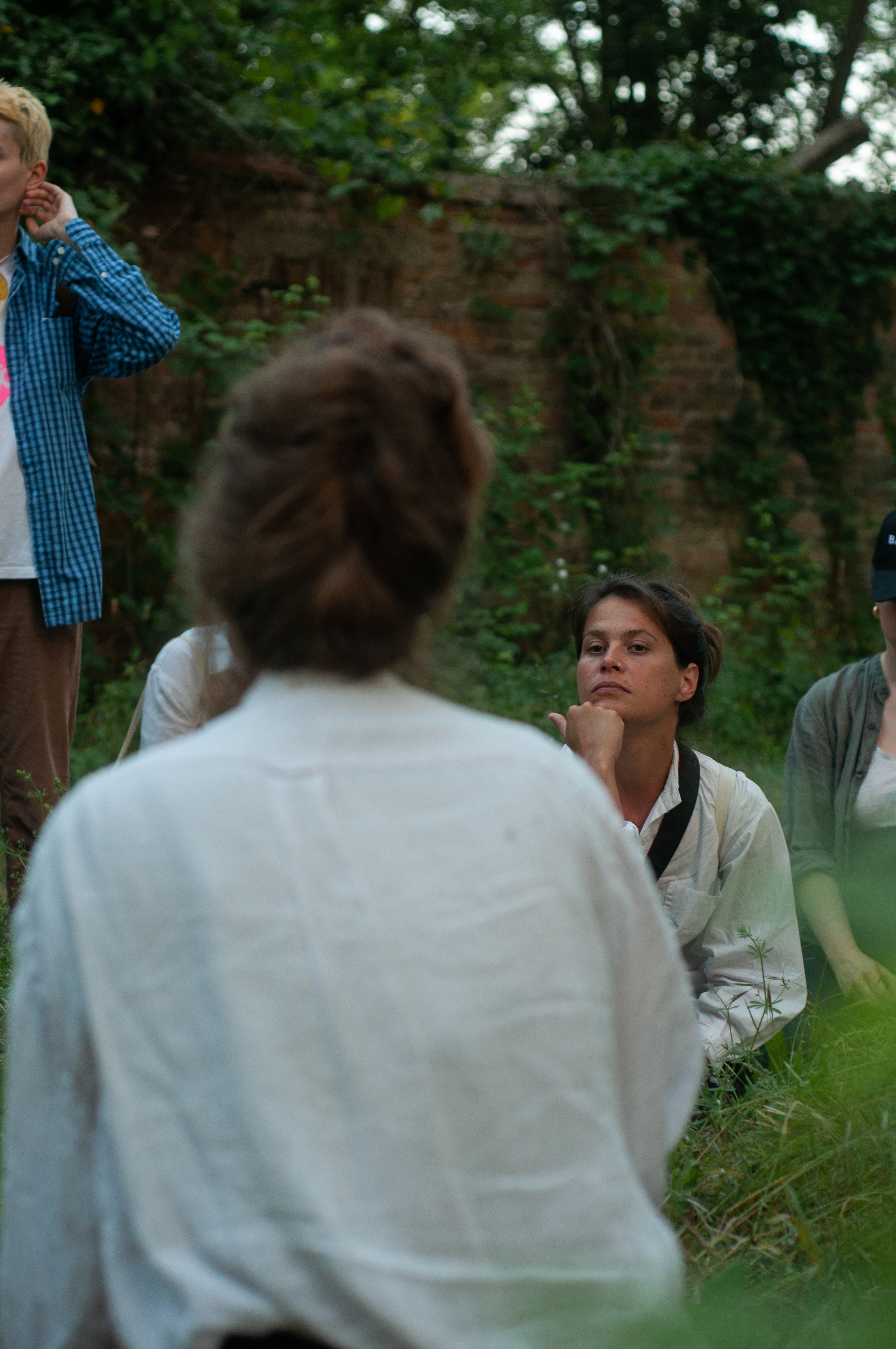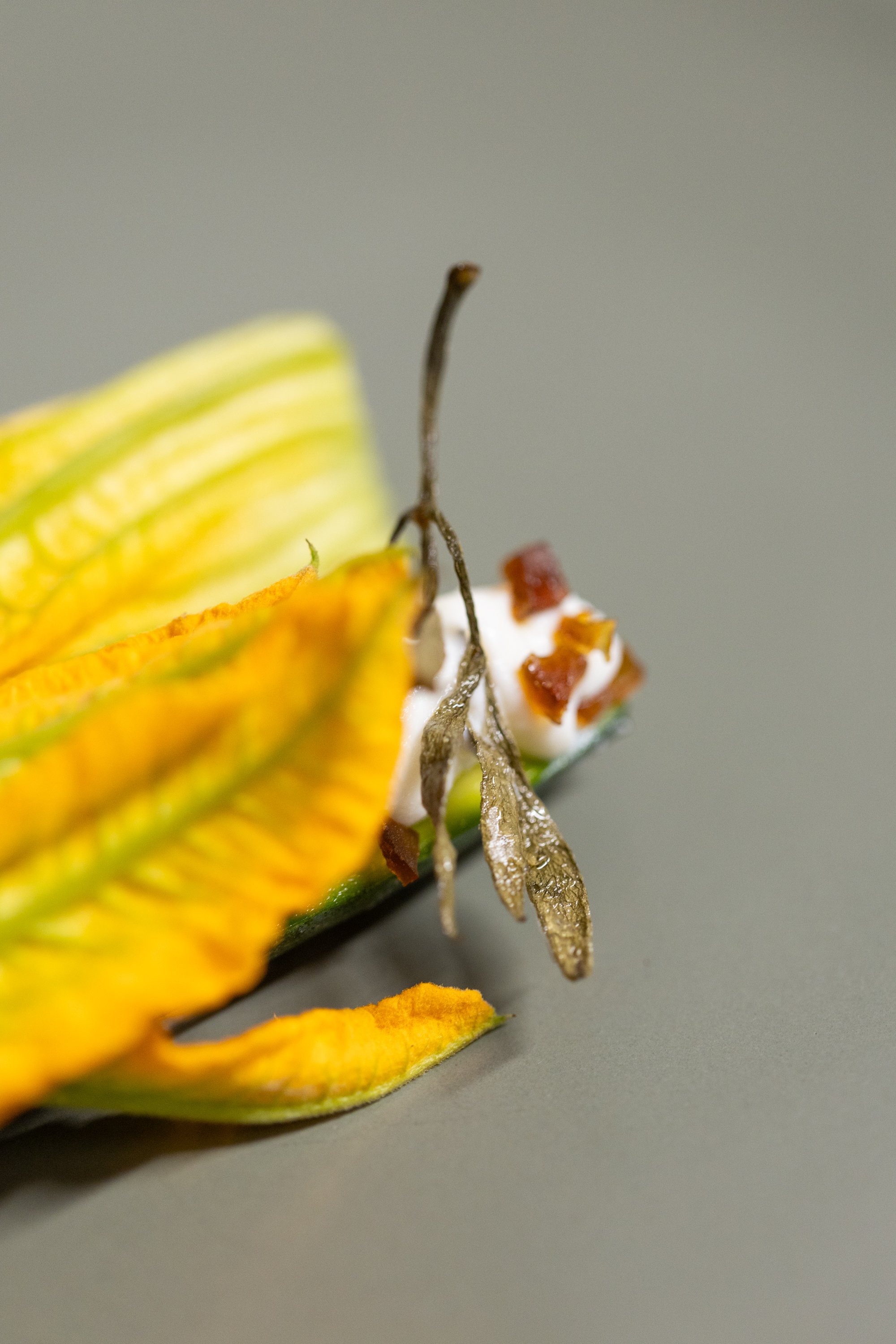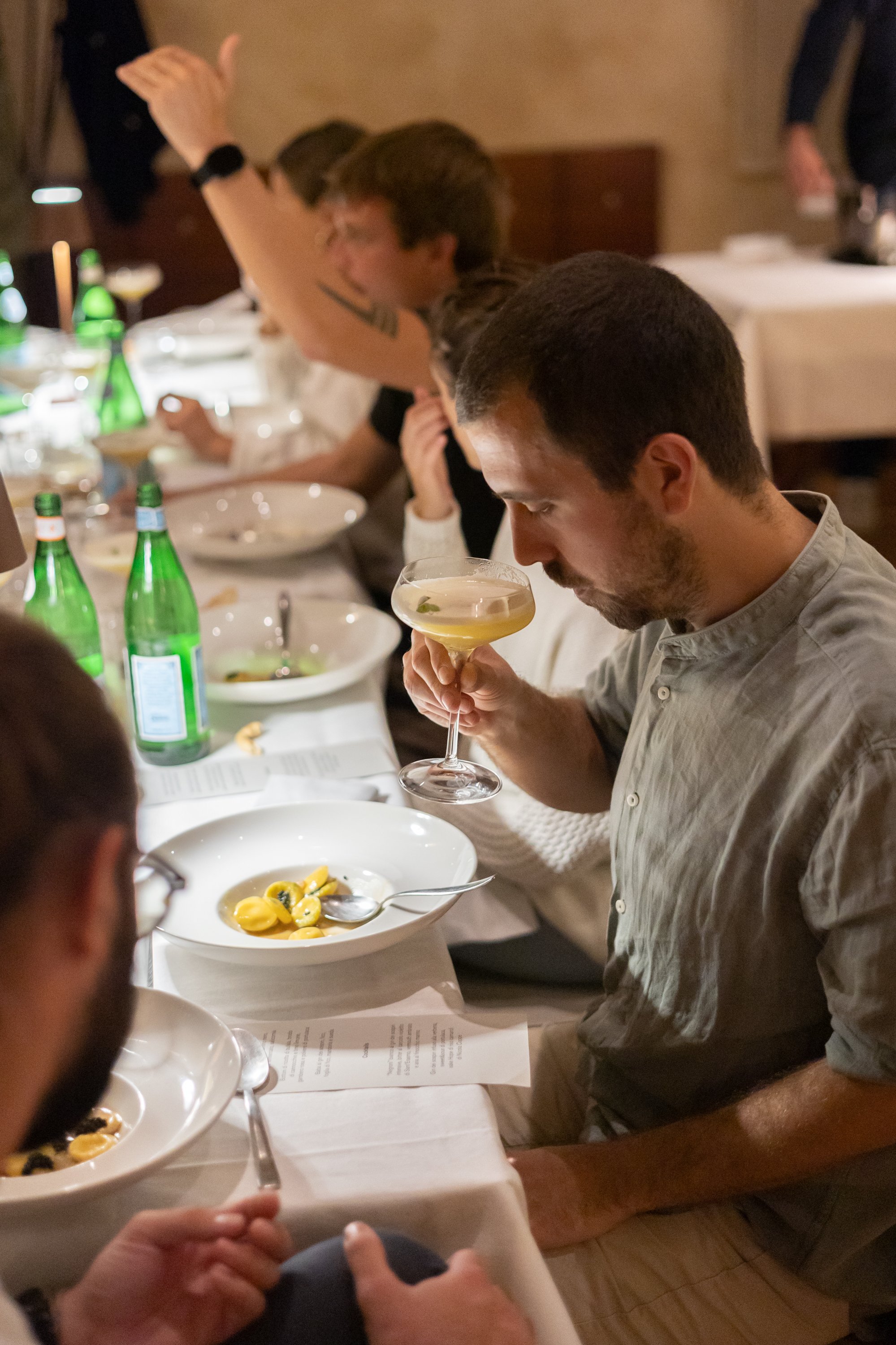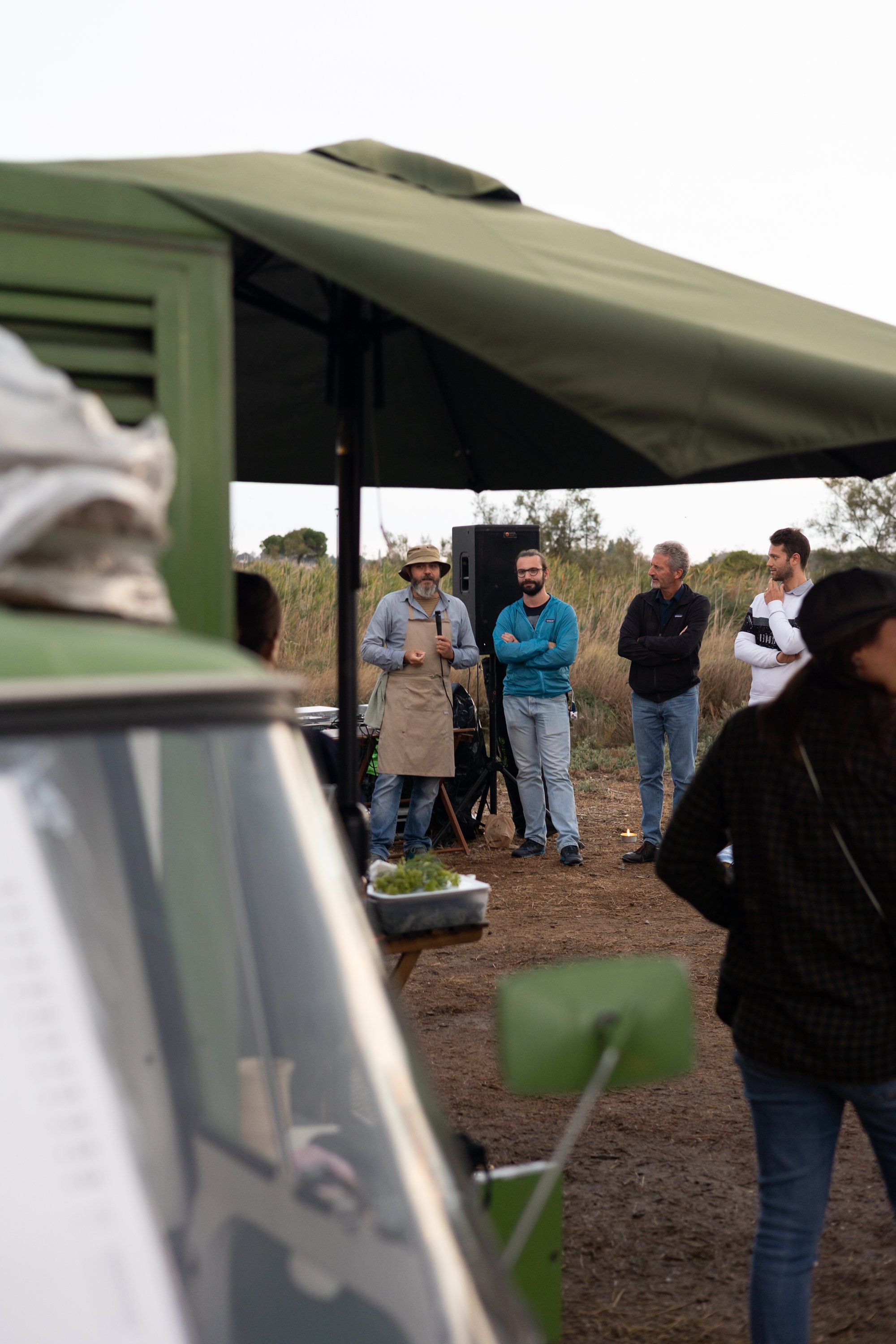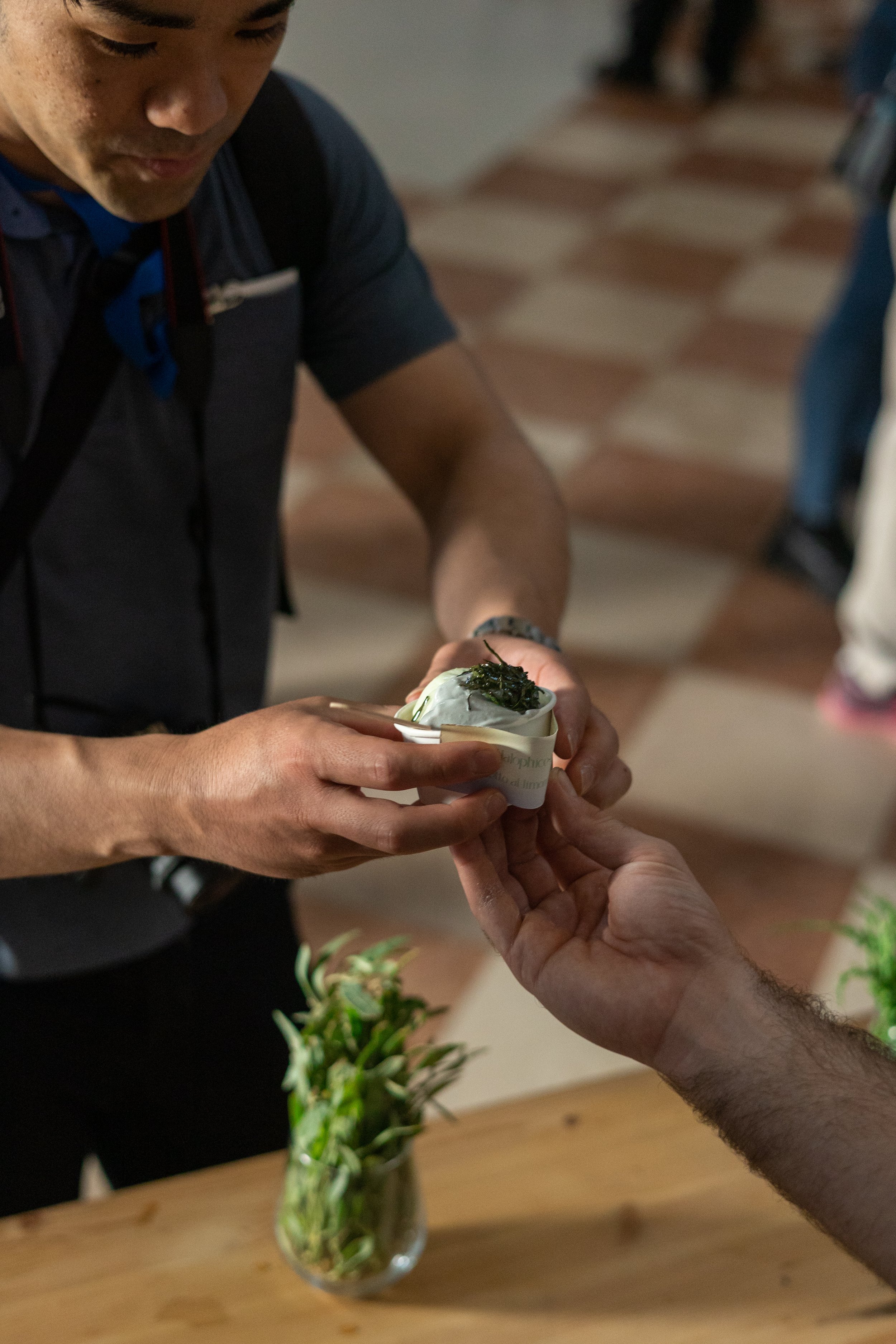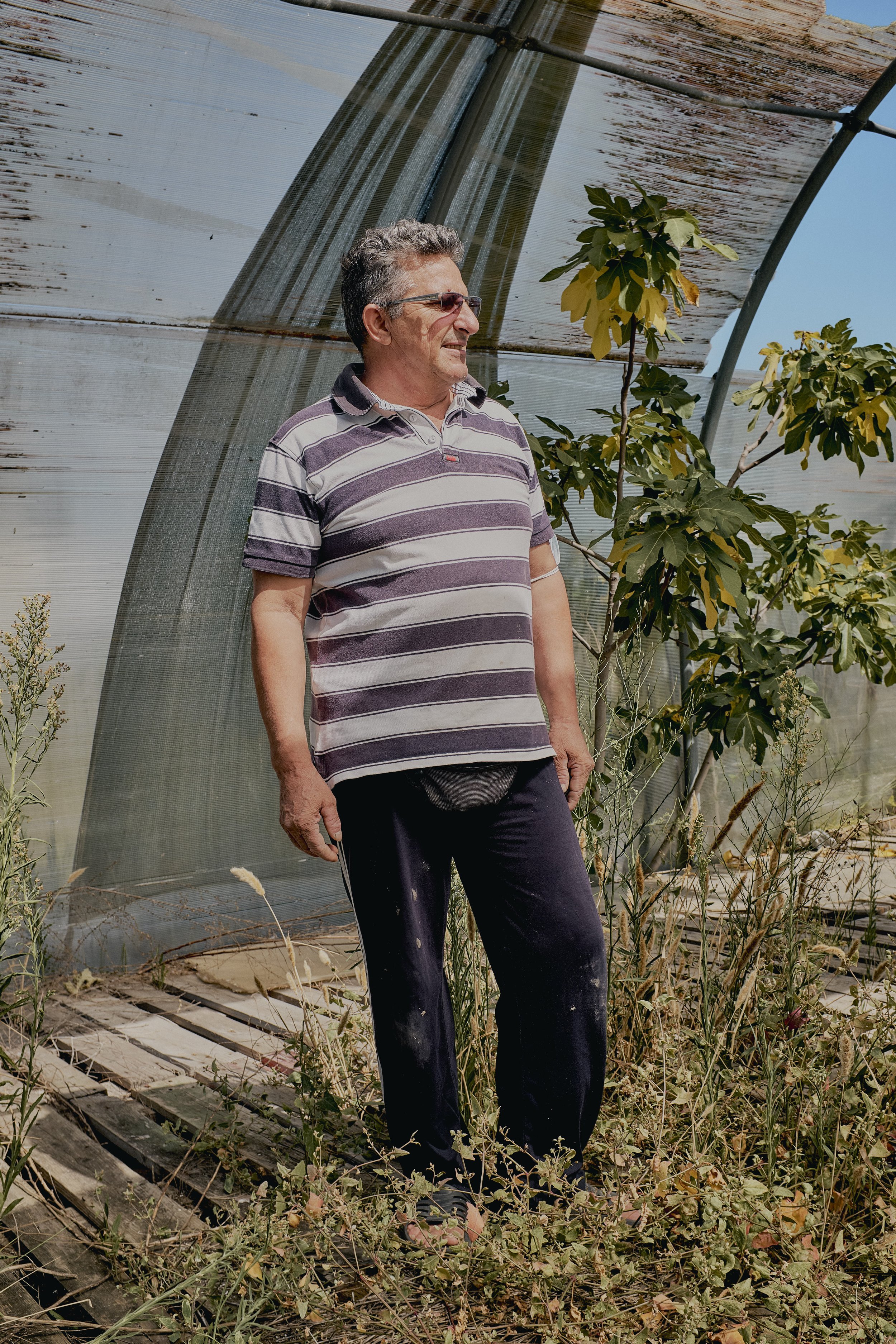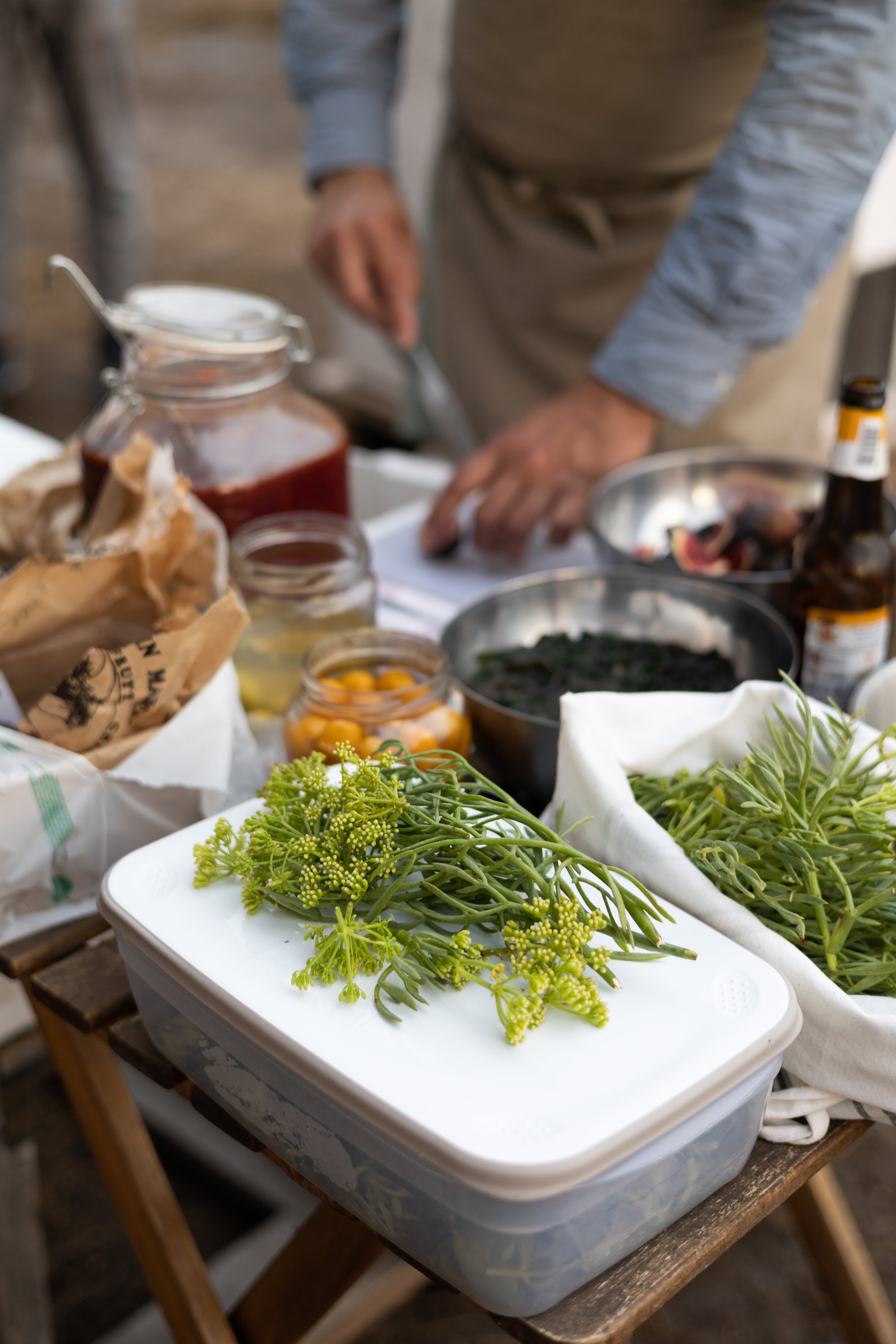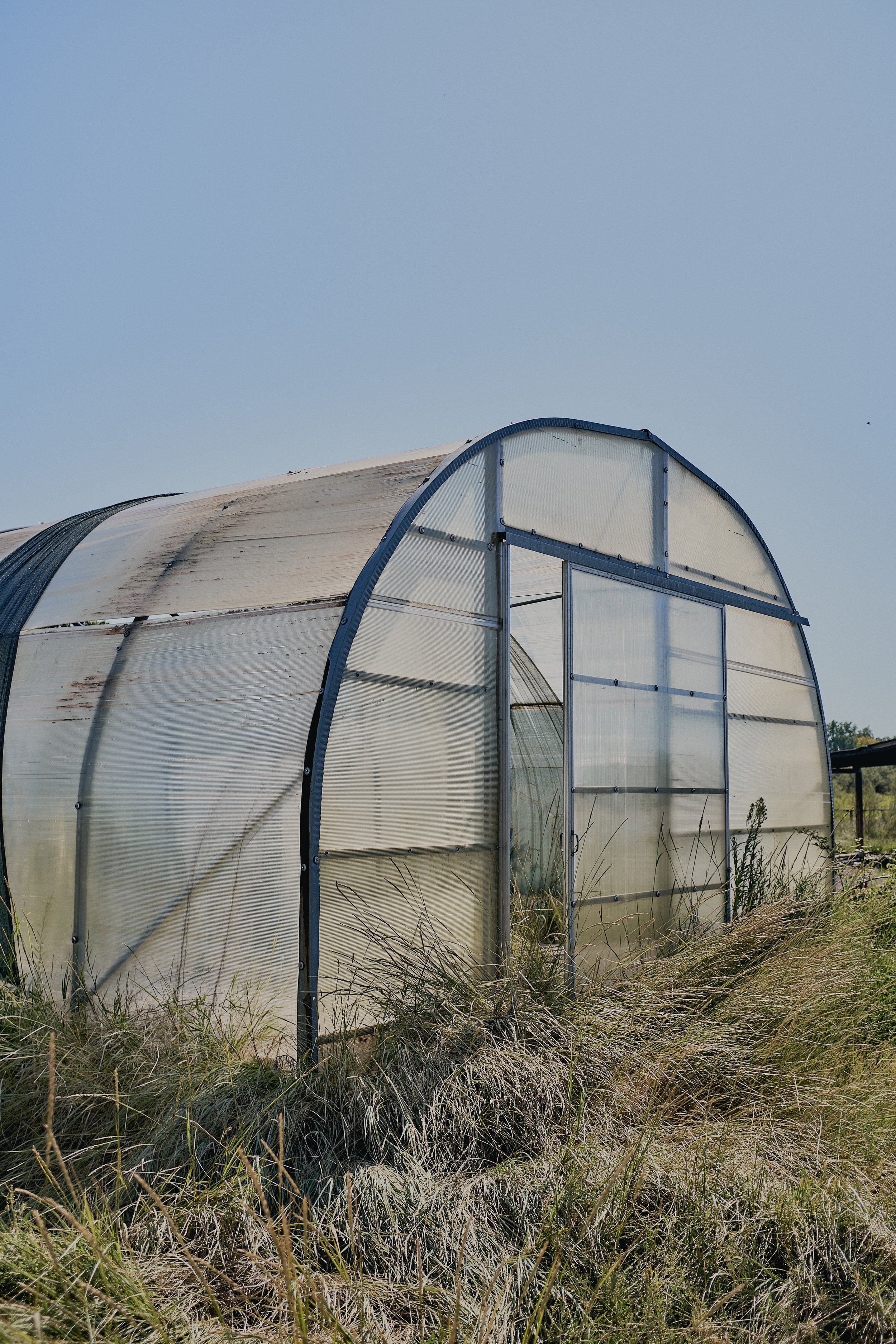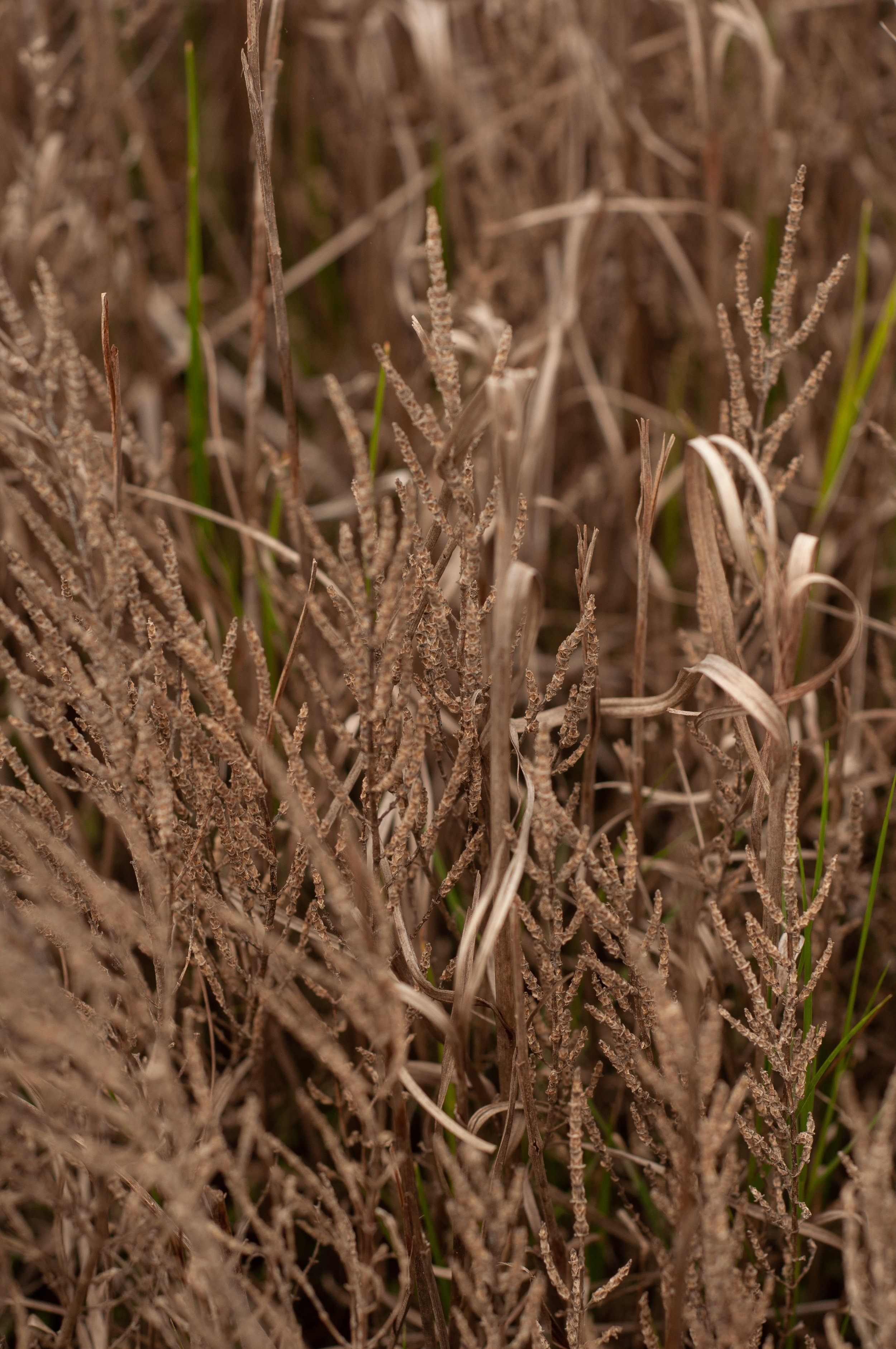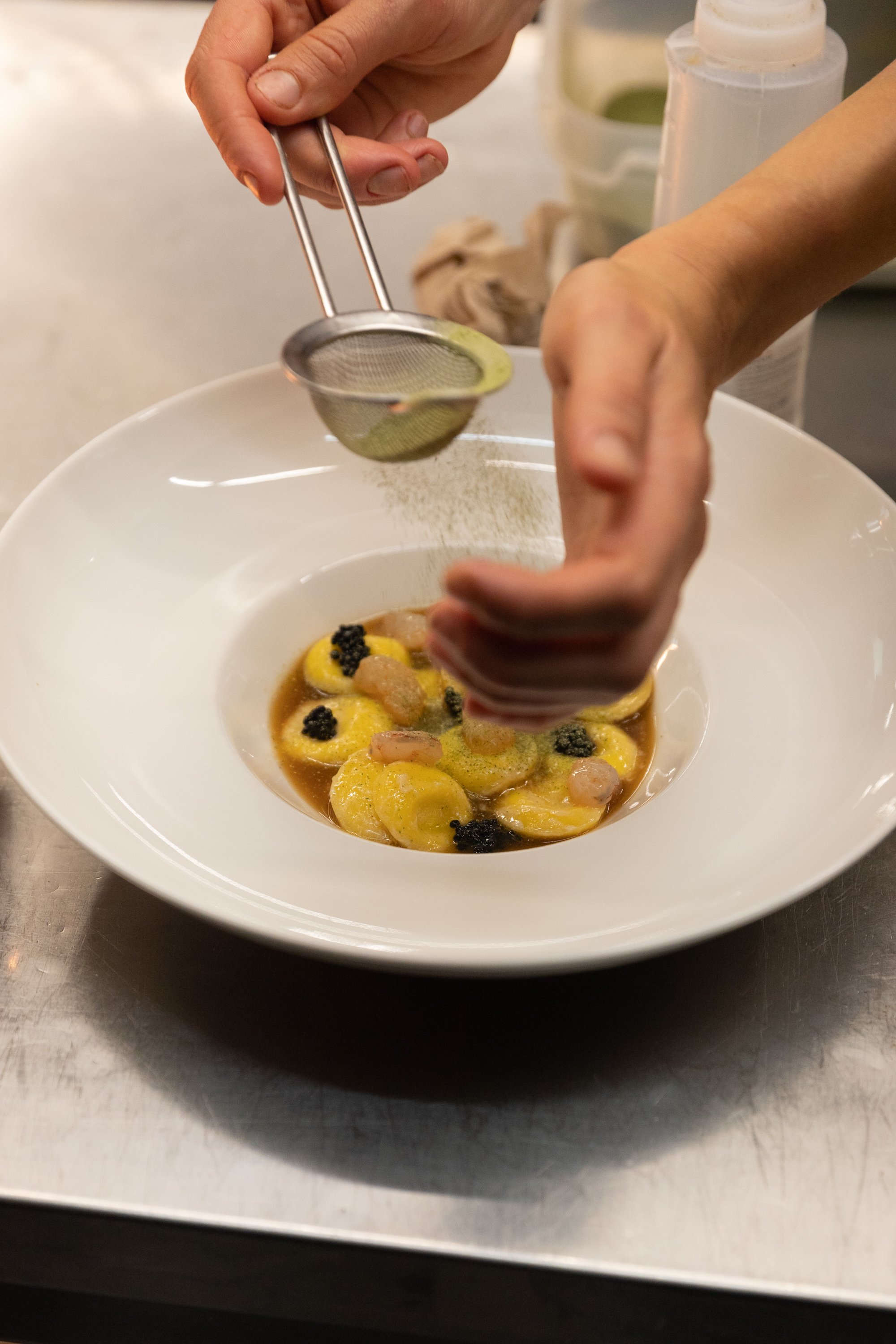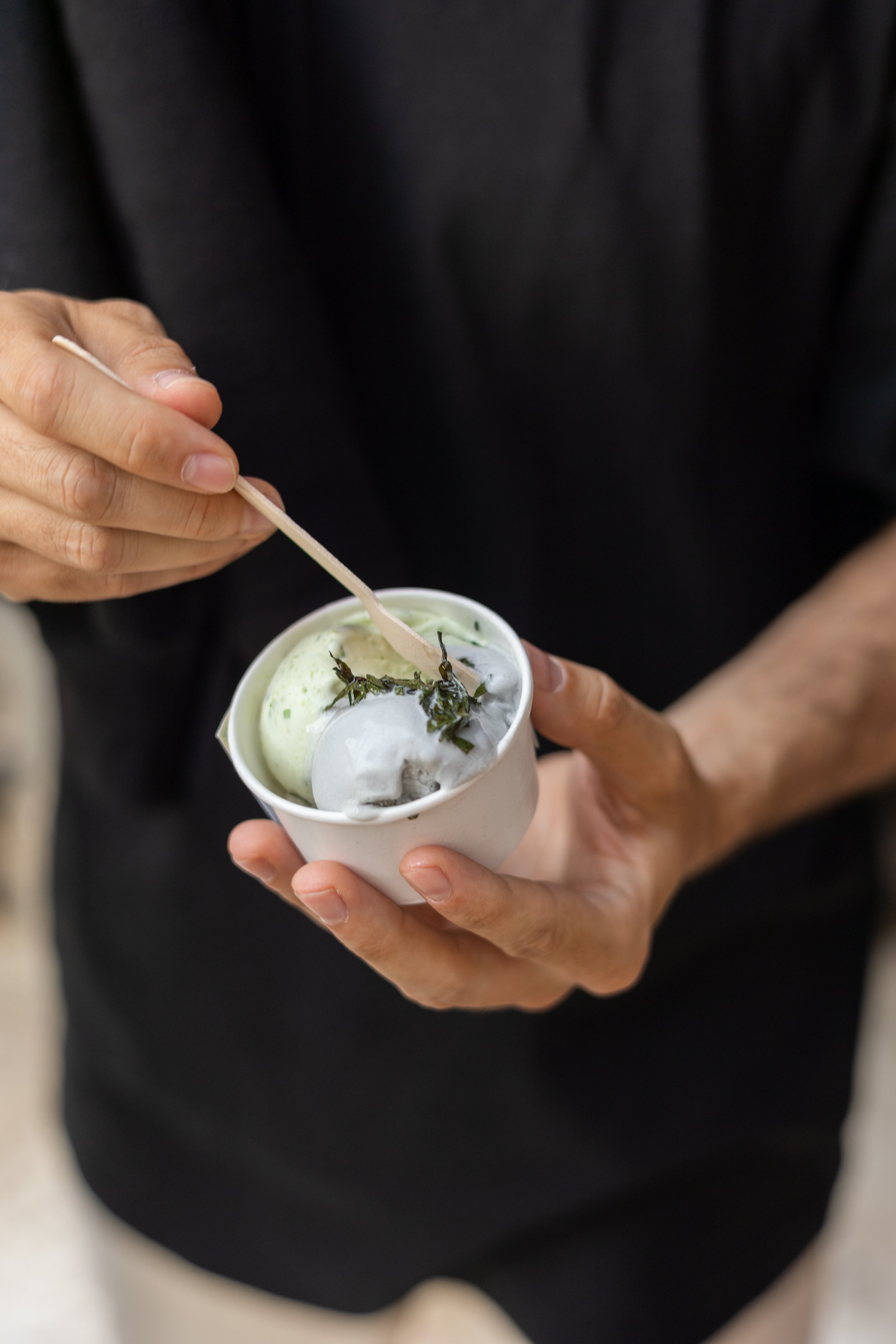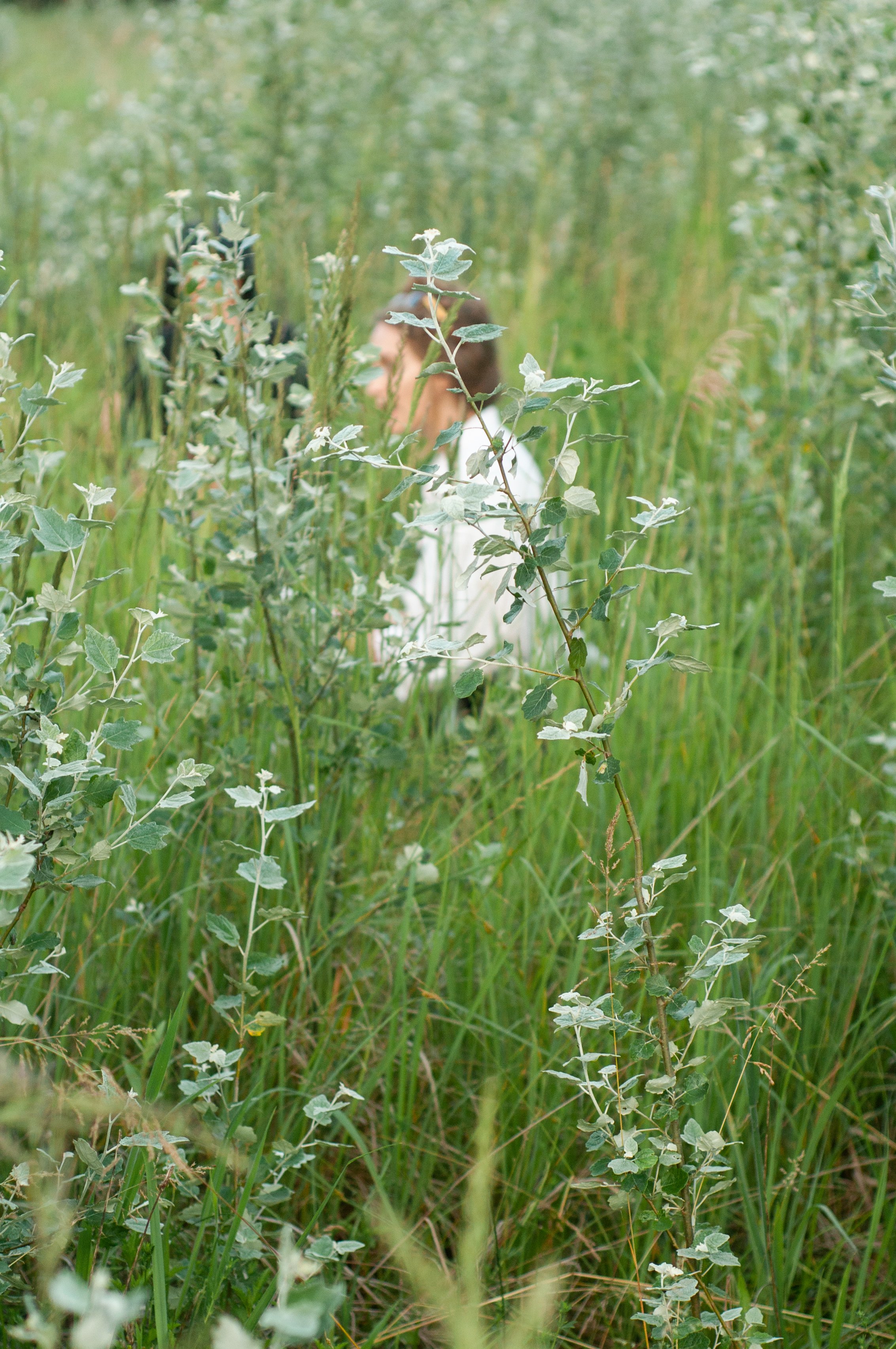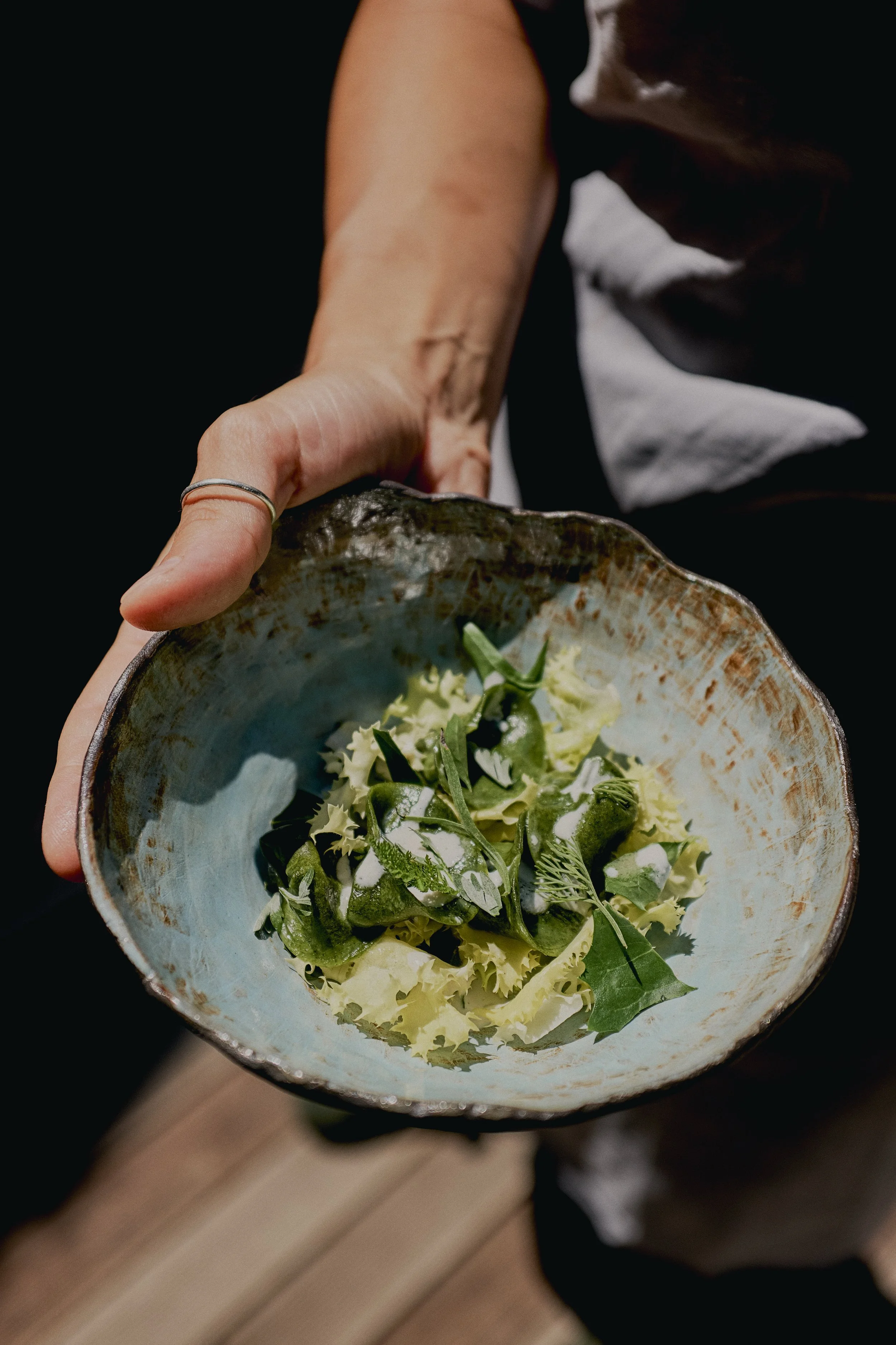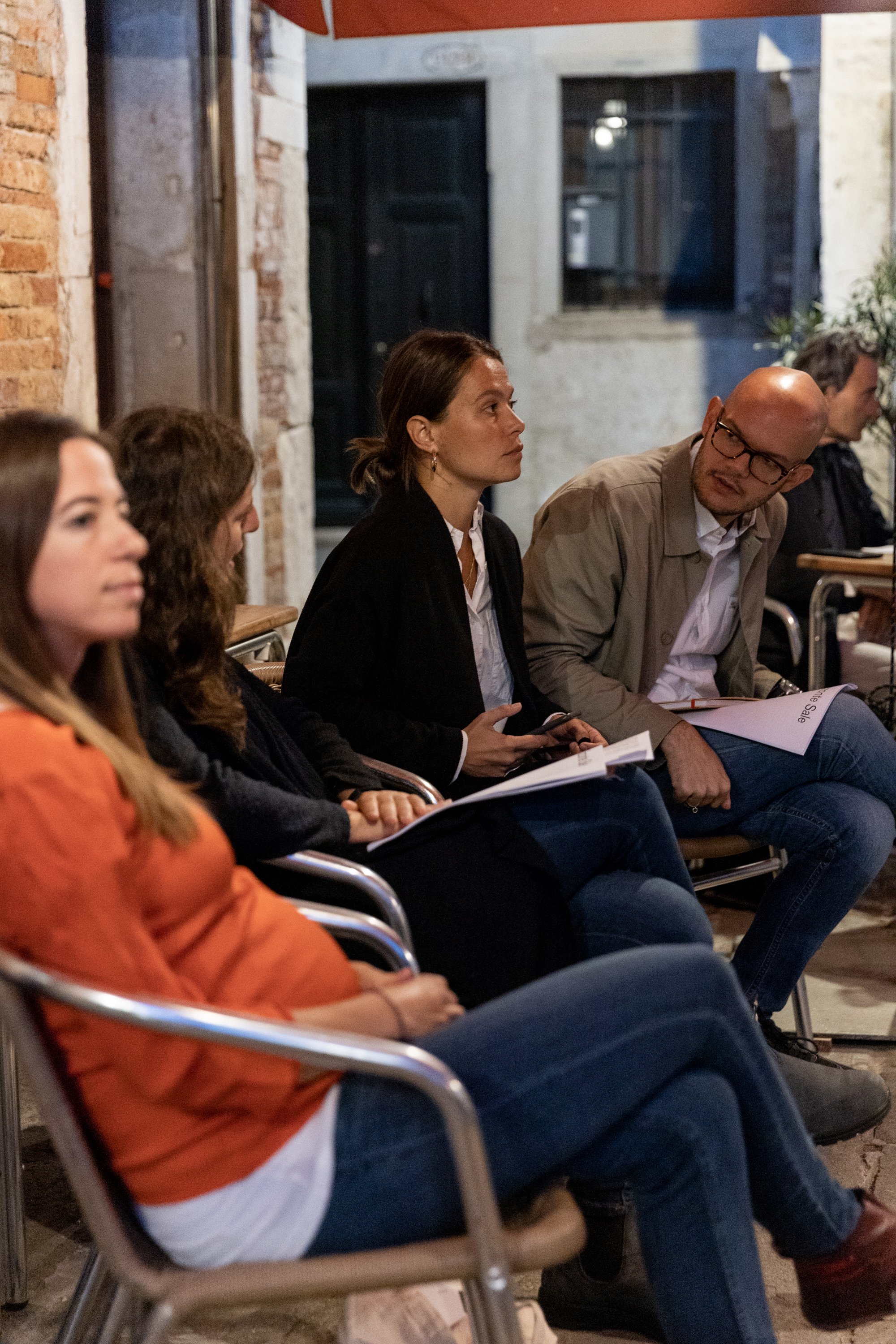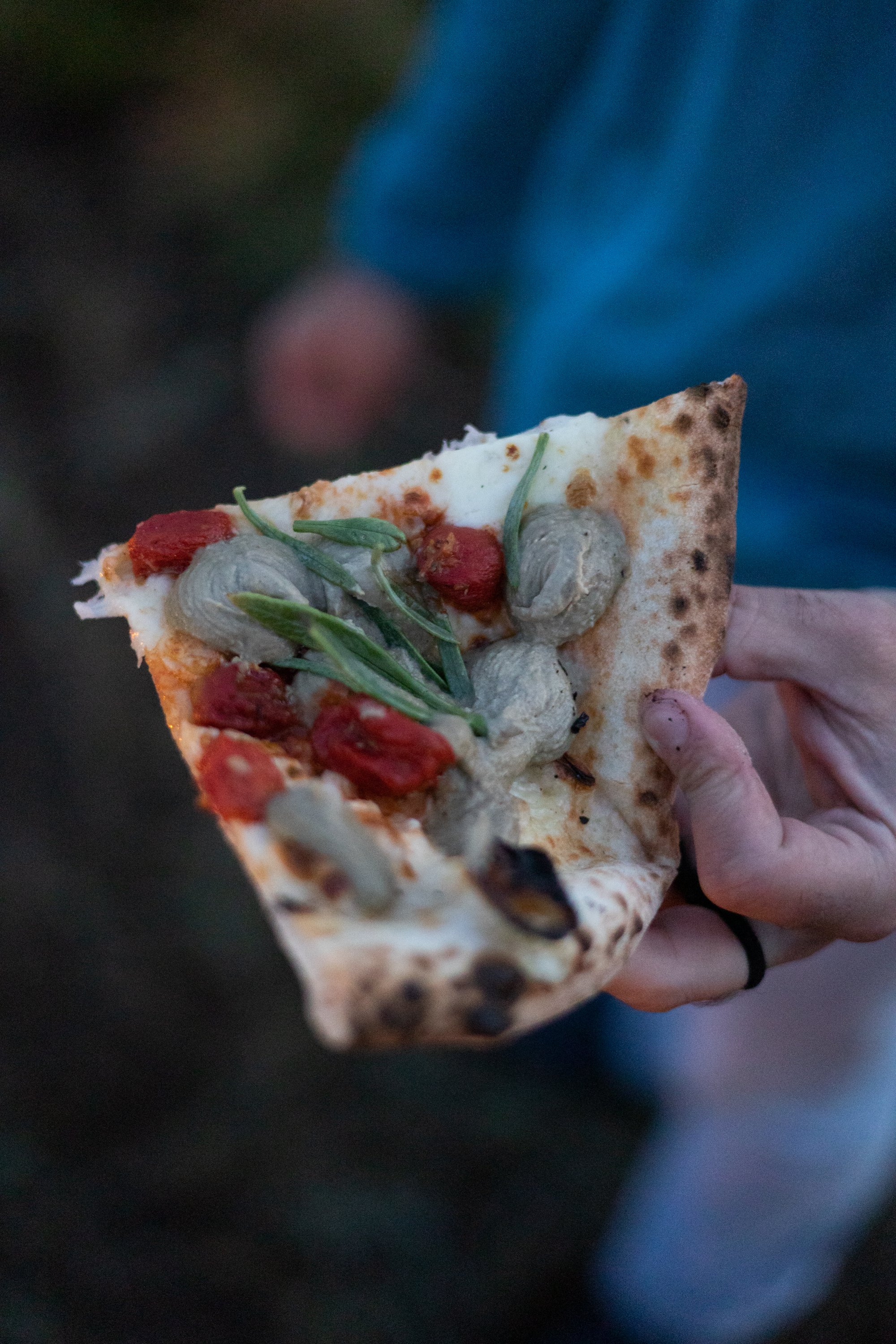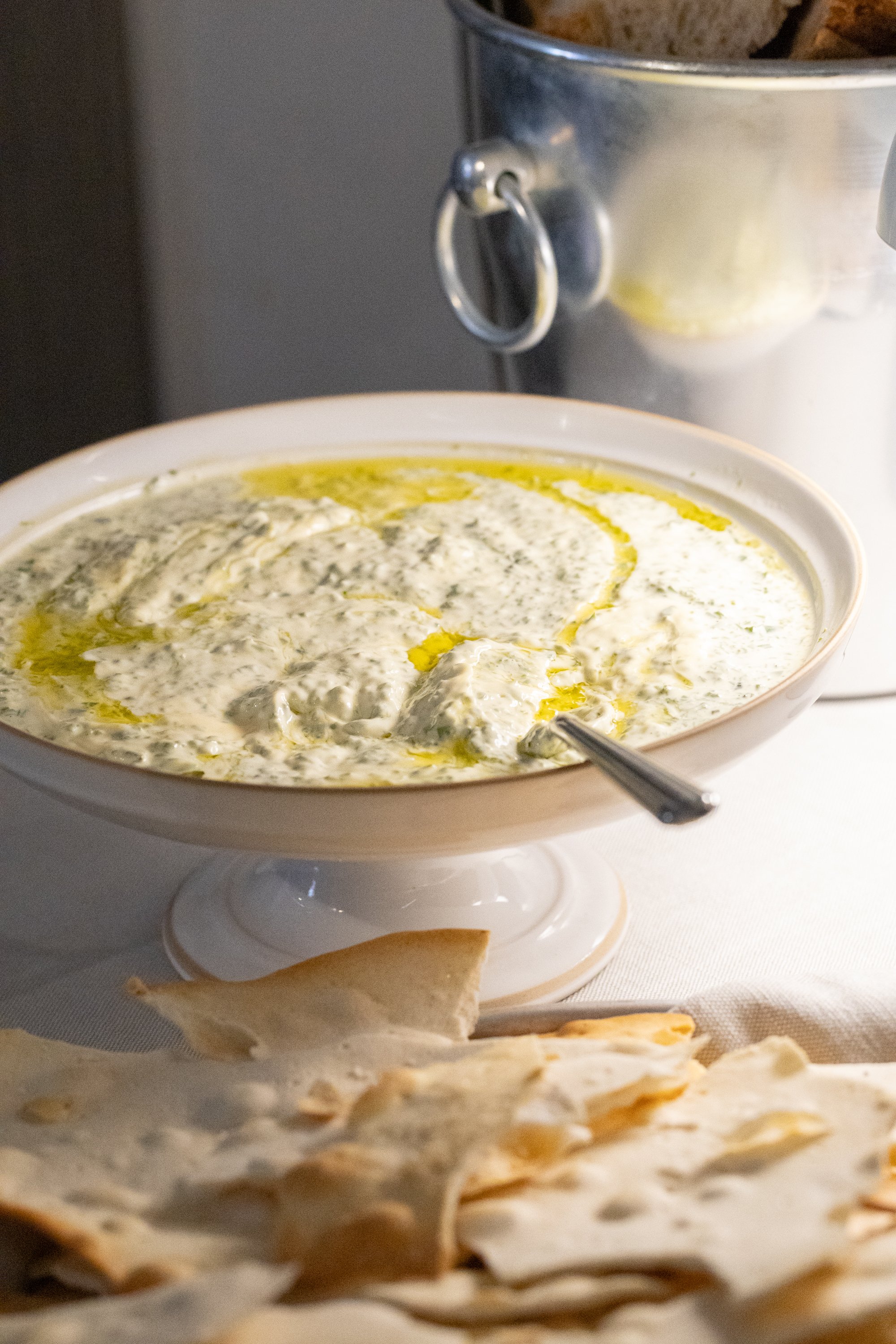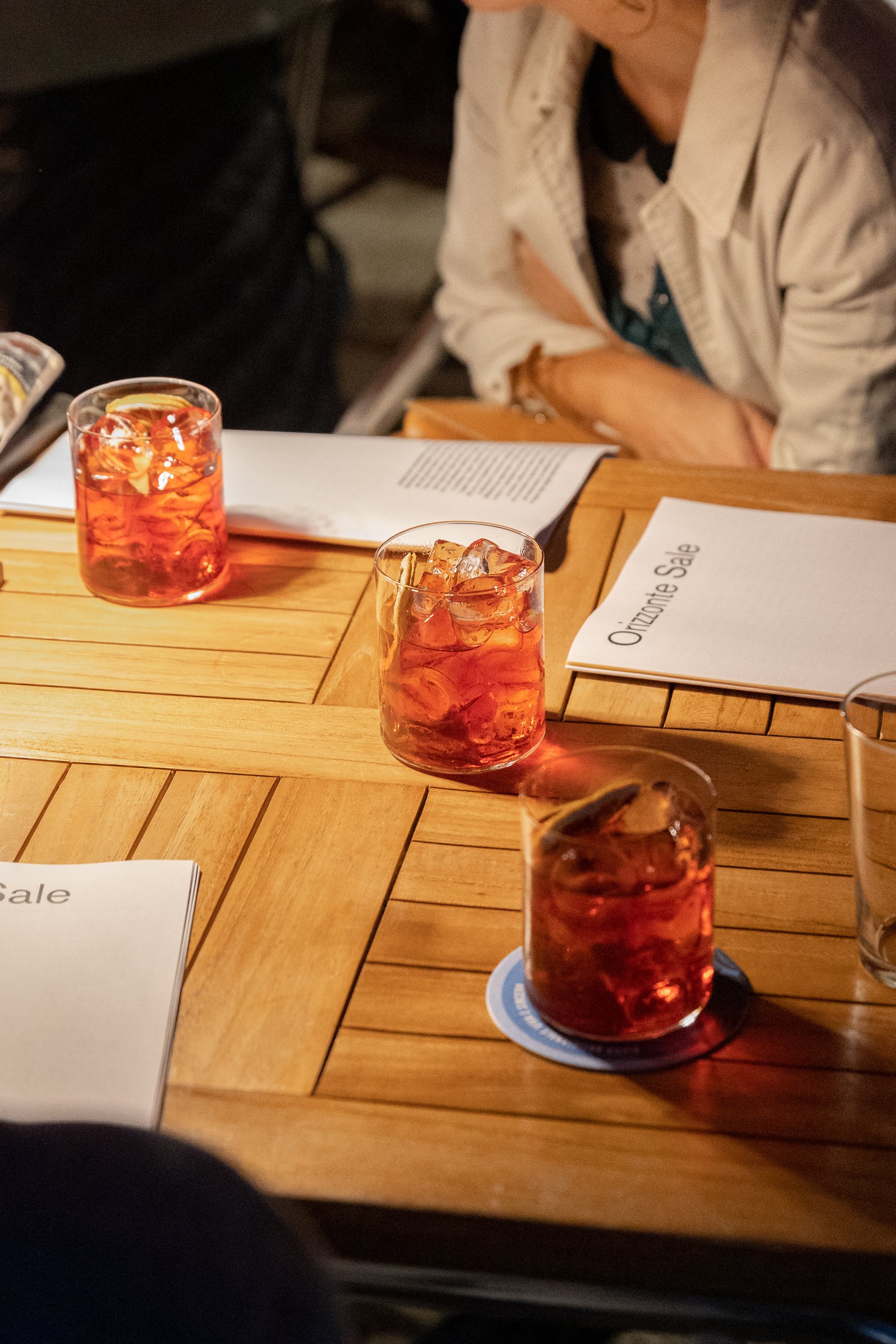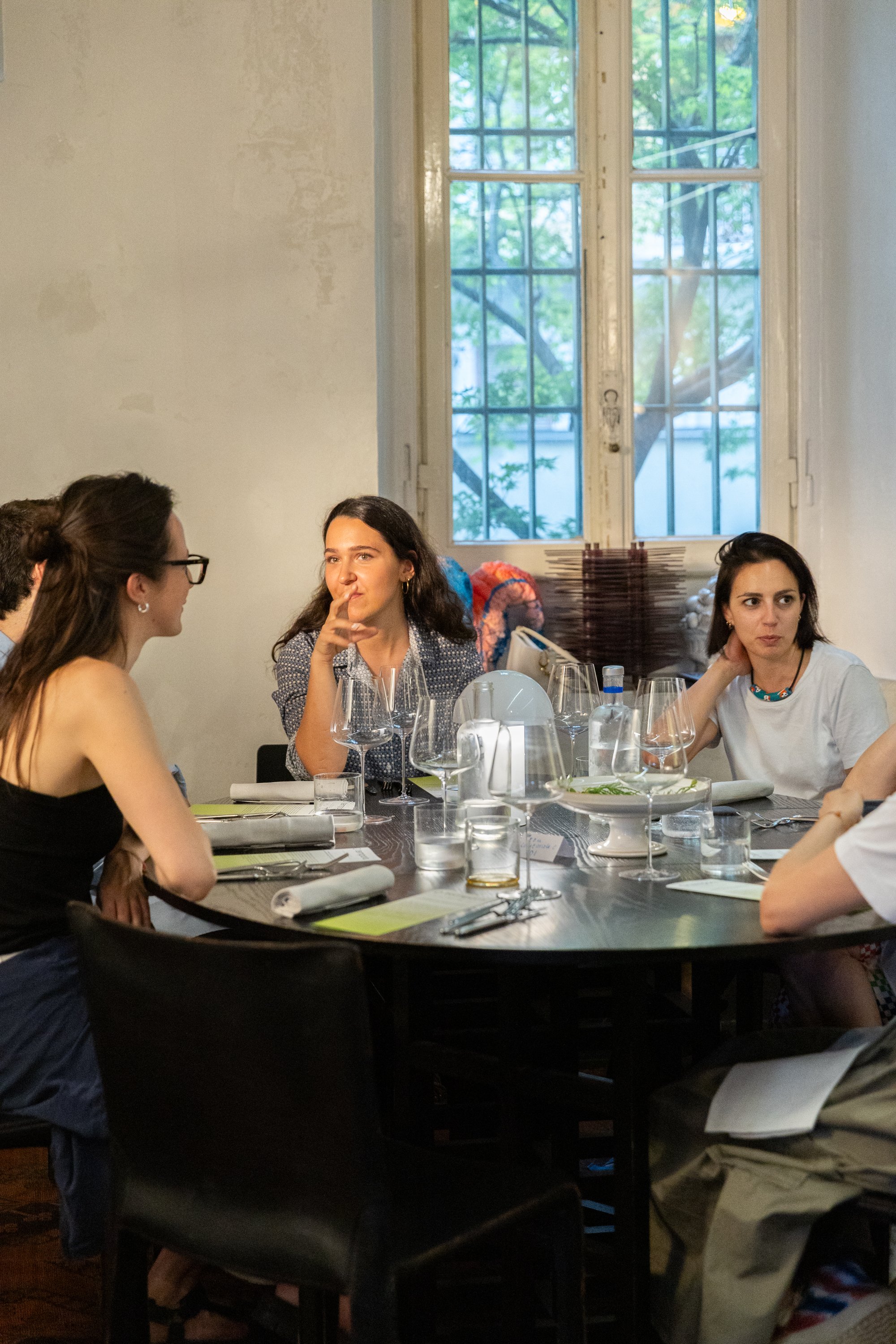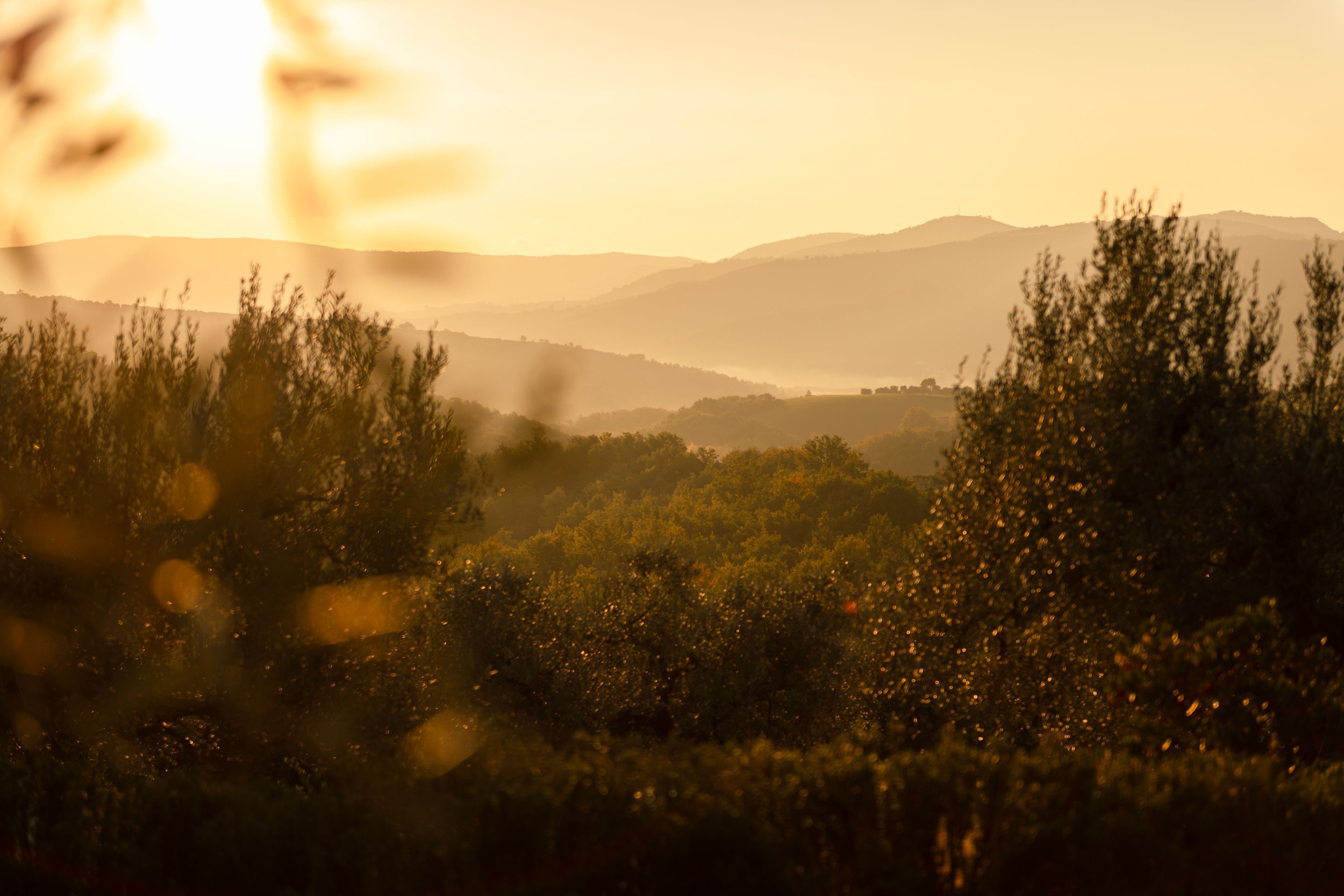Native Plants Inspire Regenerative Agriculture
The Tidal Garden turns to salt-loving plants to navigate a changing ecosystem
Words by Silvena Ivanova
Images by Camilla Glorioso, Daniel Lober, The Tidal Garden
An original formula of part scientific research, part interdisciplinary exchange, part community engagement, The Tidal Garden is a regenerative programme with an ambitious aim: to re-establish agency over an area hugely impacted by climate change — the Venetian Lagoon. Here, in the largest Mediterranean wetland, which has been progressively reshaped by the encroaching tides, traditional agriculture is struggling to withstand the pressures of waning crops and land appropriation by bigger industries. Against this backdrop, a crew of researchers and creatives are looking to plants for vital lessons in resilience and adaptation to a changing environment.
At first, we were drawn to this project by its peculiarly specific topic — exploring and promoting the potential of halophytes (or salt-tolerant plants), which grow spontaneously on the briny soil of the Lagoon’s marshes and farmlands amongst ever-receding traditional crops. Just as fascinating is the mix of creative minds behind the project: Lorenzo Barbasetti di Prun — a trained chef with a background in eco-social design; Lodovica Guarnieri — a Venice-born researcher, curator and designer; and Filippo Grassi — an environmental scientist with worldly experience and hyperlocal focus. But as we sat down for a chat with Barbasetti di Prun and Guarnieri about the details of their sustainable pursuit, we learned so much more. In Italy, where most conversations start with food, they are embarking on a quest to (re)introduce native edible plants into local plates and restaurant menus, while setting the table for more prescient conversations about the future of the Lagoon at large.
“By understanding certain materials (plants, ingredients, elements) that are around us and by mobilising some of their properties, we could actually change the larger structure.”
Let’s start at the beginning, how did you all first get together?
LBP: The Tidal Garden started even before we met. I initiated it as a local variation of a wider project I had been developing (The Prometheus_Open Food Lab), which started in the Dolomites and explored the potential of edible plants for regenerating remote, abandoned or semi-abandoned areas. When I moved to Venice in 2020, I decided to apply the same framework I had used in the mountains to study the Lagoon, and I came across halophytes, which thrive in this peculiar environment between the land and sea. In fact, I already knew these plants from an earlier project I had done with Filippo in the UK. Filippo has more experience in growing and reproducing these plants, so I invited him to join. We started building a local network, connecting with universities, artists and other social groups in the region, which is how Lodovica found us…
LG: At the time, I was creating a programme for the VAC Foundation (now closed) on the relationship between plants and humans. I encountered Lorenzo's project and invited him to present the garden as part of this public program. That's how it all started.
“We are giving farmers tools to confront the risk of having to abandon their fields and agency to be able to stay and grow viable, hyperlocal crops.”
How have your distinct backgrounds helped you to connect the dots between food and art, ecology and design?
LBP: For me the creative challenge, even before The Tidal Garden, came from the need to bridge the two seemingly unrelated sides of my background: gastronomy and design. I have a clear focus on food, but I’m even more interested in what lies behind or before it becomes food. I'm interested in the raw materials that are widely available, not yet used in food production but offering an immense potential. I always think of these raw ingredients as the basic elements of a language, or the building blocks of a culture. There are so many different uses to be imagined and reimagined... It's just a matter of having all the tools and being curious to explore the potential.
In collaboration with local farmers and municipalities of the region, The Tidal Garden are developing the knowledge and systems to cultivate halophytes and harness their benefits.
LG: Imaginative uses of available materials have always been central to the ways in which I've approached design. And now we apply that thinking to regenerating landscapes. By understanding certain materials (plants, ingredients, elements) that are around us and by mobilising some of their properties, we could actually change the larger structure.
That’s why it’s great that we have Filippo on board and his scientific thinking embedded in the project. Because even science lends itself to this playful experimentation. Filippo himself sometimes questions the agritech framework he’s coming from. We use both science and creativity as helpful tools to our common vision, but in an open-minded, non-dogmatic way.
Between design thinking and agronomic research, do you sometimes challenge each other's preconceived notions?
LBP: We're not fighting that much… [he laughs]. I think we all share a common view, we just use different scales and toolkits to address it.
LG: Each one of us sees a specific urgency within the project, but we’re all working towards the same goal. It takes a lot of mutual trust, we support each other and lean on one another’s expertise. It’s been working great so far!
Tell us more about your views on food sovereignty and approaching climate resilience through the lens of salt-tolerant plants?
LG: Food sovereignty allows the resistance of local communities to practices of dispossession, loss of livelihoods or privatisation of land by others who might come in, like real estate developers. By exploring halophytes and their potential, we are actually exploring conservation practices, which can help locals face the present dynamics here in the Venetian Lagoon.
LBP: Currently we’re collaborating with a local municipality in the Northern part of the Lagoon and with the regional agency for rural development. With their support, we could connect with local farmers, share our insights, let them see the value and the market potential of the plants. Now we’re developing an agronomic experiment, where these farmers are starting to systematically cultivate halophytes in an open field (so far, they’ve been emerging spontaneously, as weeds) instead of importing non-native crops. We are also creating a seed bank, hence preserving the native biodiversity of the Lagoon.
In these ways, we are giving farmers tools to confront the risk of having to abandon their fields and agency to be able to stay and grow viable, hyperlocal crops. Beyond this, we are also starting a larger debate — one about the growing uncertainties for this region — by inviting people to the table.
From field to plate — salt-loving plants are at the heart of The Tidal Garden project; seen as raw material for farmers, chefs, researchers and artists to experiment with and learn from.
How did you cultivate the conditions for healthy debate and progress?
LBP: The first two years of the project, we were only doing research and connecting with different people in the Lagoon: farmers, biologists, artists and ethnobotanists. Having met all these experts, we started seeing a high-level picture of things and realised that was the right time to go public. We wanted to conclude the initial stage of the project and share some results, but also to connect everyone in our network and let these people meet and exchange knowledge. Our gatherings are set up in ways that allow for different voices to be heard and new insights or connections to emerge.
LG: Another motivation for doing events is to leverage the engaging power of performative moments as a way of shared learning. We invite selected chefs to experiment with salt plants. The chefs don’t initially know how to use these plants, so the creation of a dinner menu entails a whole process of learning. Then interpreting that knowledge and presenting it to someone else. So the audience we engage in this case is not only those who come to the dinners, but it's also those who prepare the dinners.
And food always sparks a conversation, especially in Italy, where everyone has something to say about it. So when introducing novel foods (or rather, ancient food knowledge that has been lost), there is always an immediate response.
Part of the project’s mission is to incorporate halophytes into local food culture and everyday meals. To that aim, they often enlist the help of talented local chefs, such as Chiara Pavan (pictured here) and Francesco Brutto of Ristorante Venissa, who share the same vision of landscape conservation and embed it in their menus.
What is the usual response?
LBP: The first typical reaction from locals is of discomfort and distrust. Chefs, on the other hand, openly embrace the experimentation with these plants, they take it as a creative challenge. I should mention that we intentionally choose to collaborate with more traditional restaurants over fine-dining ones, where everything is allowed creatively. We’d rather team up with a popular pizzeria in Venice, or a trattoria that has been around for 30 years — because we want to insert these plants into the broader culture and people’s everyday meals.
LG: People find it difficult to recognise the halophytes at first. My brother, who is helping us with the project, keeps referring to them as algae, which they’re certainly not! [she laughs] But then there’s the moment of surprise, which is my favourite part, when people actually taste them at one of our dinners, and say “Oh! I actually like this!” The childlike excitement of discovering something unexpected, this sense of marvel, it’s very beautiful. Afterwards people start looking at their surroundings in a different way. They start noticing these plants, which grow everywhere, literally at their feet!
“We believe that liking these plants and introducing them into the food culture holds the key to understanding the place we live in, and facing change.”
Let's talk about the cultural aspect. How are the shifts in the natural environment influencing the local community?
LBP: In Venice, even outside of the city borders, people's relationship to the landscape nowadays is quite poor. On a community level, local culture has become disconnected from its natural surroundings. Fortunately, a few individuals still hold big chunks of knowledge about how the ecosystem works, how the fish move in the Lagoon, what the plants are, how the tides and the currents affect it all. So some awareness of the landscape and its transformation can be found, but it’s not widespread.
LG: Venice went through the same social process of isolation as many big cities. Except this city isn’t that big, it’s way closer to the land. Here, the proximity to the water is undeniable, it’s everywhere. Which is why the progressive othering of water that has been the product of various political decisions and commercial interests is all the more staggering. They sort of disconnected these two realities to allow for specific dynamics or agendas to take place. But in the end, the city is losing. If the natural landscape is depleted, the social landscape also suffers. Part of our work is to widen the scope of the debate about the issues and future of Venice to include not only the urban perspectives, but also the rural and the non-human communities.
The Tidal Garden trio curates year-round events, tastings and panels focused on halophytes and the Lagoon as a larger ecosystem where land and water intertwine.
Are you hoping to reconnect local communities through your events?
LG: The work is really in trying to cross these binaries between urban issues and environmental issues and create a trans-local conversation that allows for different narratives to emerge. One of our recent events was an interesting case in point. We were hosting a public panel about the Lagoon and its ecology. The discussion quickly became hectic as a few parallel conversations emerged — about housing problems on one end, and on the other, farmers unable to grow their crops. Even though the conversation seemed to get chaotic at first, it was actually enlightening to let the different sides mix and hear each other. They eventually started connecting the different realities.
Where's the tide turning next for The Tidal Garden?
We are aiming to set up a sustainable business model. Using research that comes from the field and from our cultural programming to arm up a supply chain that connects the farmers (who are slowly starting to see the market potential of these plants “invading” their fields) with local restaurants and chefs. We’re operating in between and building up the two ends of this demand-supply chain and mobilising our network to create a self-sustaining local market. There is still a lot to learn, and a lot to do but we are (literally) in the germinating phase — next year we’re hoping to bloom!


